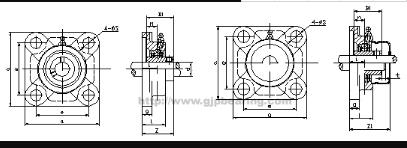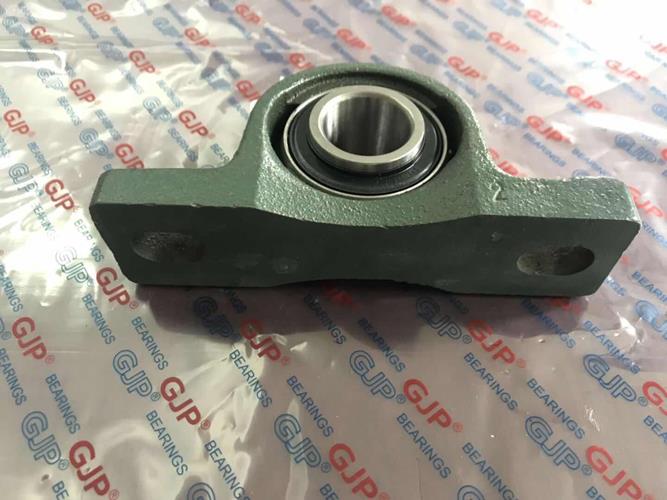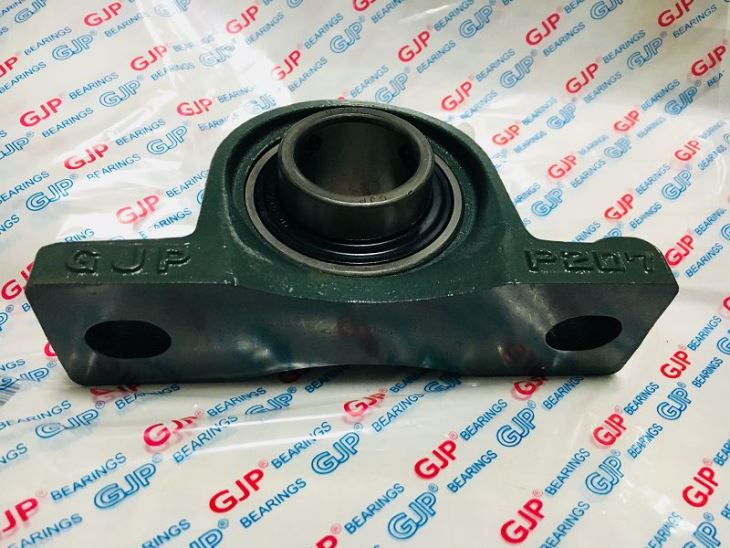Do you understand bearing tolerances and what they really mean? If not, you are not alone. These are often cited, but often without any real understanding of what they mean. Websites with simple explanations of bearing tolerances are very rare, so we decided to fill in the gaps. So, if you’re wondering what “average pore size deviation” and “single pore size variation” actually mean?

deviation
This determines how far the actual measurement is allowed from the nominal size. Nominal dimensions are those shown in the manufacturer’s catalogue, eg 6200 has a nominal bore diameter of 10mm, 688 has a nominal bore diameter of 8mm etc. It is important to limit the maximum deviation from these dimensions. If there is no international tolerance standard (ISO and AFBMA) for bearings, this will depend on each manufacturer. This could mean that you order a 688 bearing (8mm bore) only to find that it has a 7mm bore and won’t fit the shaft. Misalignment tolerances generally allow the bore or outside diameter to be smaller, but not larger than the nominal size.
Average pore diameter/outer diameter deviation
Single-plane mean pore diameter deviation. This is an important tolerance when looking for a tight fit of inner ring and shaft or outer ring and housing. First, you need to understand that bearings are not round. Of course, it’s not far off, but when you start measuring in microns (thousandths of millimeters), you realize that measurements can vary. Let’s take the bore of a 688 bearing (8 x 16 x 5mm) as an example. Depending on where you measure in the inner ring, you might get a reading anywhere, for example, between 8mm and 7.991mm, so what is the bore diameter? This is where mean deviation comes in. This involves taking multiple measurements on the bore or outside diameter in a single radial plane (which we’ll discuss in a minute) to average the diameter of the ring.
Quite simply, the average pore size is calculated as follows:
This is much more useful than single hole measurements which can be misleading when calculating shaft tolerances.
Assume a P0 bearing with an average bore runout tolerance of +0/-8 microns. This means that the average pore size can be between 7.992mm and 8.000mm. The same principle applies to the outer ring.
width deviation
Deviation of individual inner or outer ring widths from nominal dimensions. It doesn’t need much explanation here. Like the bore and outside diameter dimensions, the width must be controlled within certain tolerances. Since width is usually less critical, the tolerance is wider than the bearing bore or outside diameter. Width deviation +0/-120 means that if you measure inner or outer ring width at any single point around a 688 (4mm wide) bearing, it should not be wider than 4mm (nominal size) or narrower than 3.880mm .

average
If we calculate the average pore size (9.000 + 7.000 ÷ 2), we get 8.000mm. We are within average bore misalignment tolerance, but the bearings are clearly unusable, so you can see that misalignment and variation are useless without each other.
Single Bore/Outer Diameter Variation
Pore/OD diameter variation in a single radial plane (Of course, now you know about a single radial plane! The pore diameter variation in a single radial plane is 0.004mm or 4 microns.
Average Pore Diameter/Outer Diameter Variation
Due to mean bore/OD deviations and single bore/OD variation we are happy that our bearings are close enough to the correct size and round enough, but what if the taper on the bore or OD is too large as shown in the photo to the right ( Yes, it is greatly exaggerated! That’s why we also have mean pore diameter and outer diameter variation limits.
To obtain the mean pore or outer diameter change, we record the mean pore or outer diameter for different radial planes and then examine the difference between the largest and smallest. Assume, the measurements at the top give an average pore size of 7.999mm, 7.997mm in the middle and 7.994mm in the bottom. Taking the smallest from the largest (7.999 – 7.994) results in 0.005mm. Our average pore size variation is 5 microns.
width change
Again, very simple. Assume that for a particular bearing, the allowable width variation is 15 microns. If the inner or outer ring width is to be measured at various points, the largest measurement should not be more than 15 microns greater than the smallest measurement.
Radial runout
Assembled bearing inner/outer rings are another important aspect of bearing tolerances. Assuming the average deviation of the inner and outer rings is within limits and the roundness is within the allowed variance, surely this is something we need to consider? Please see this picture of the inner ring of the bearing. Hole deviation is ok, as is hole variation, but look at how the width of the ring varies. Like everything else, the ring width is not exactly the same at every point around the circumference, but the runout tolerance determines how much it can vary.
Inner ring beating
Test by measuring all points on the inner ring within one turn while the outer ring is stationary, and shift the smallest measurement away from the largest. The runout figures given in the tolerance tables show the maximum permissible variation. The difference in ring thickness is exaggerated here to illustrate this point more clearly.
beating
Test by measuring all points on a circle on the outer ring within one turn while the inner ring is stationary, and shifting the smallest measurement away from the largest measurement.
Face Runout/Aperture
This tolerance ensures that the bearing inner ring surface is sufficiently close to a right angle to the inner ring face. Tolerance data for runout/bore applies only to bearings in P5 and P4 accuracy classes. All points on a circle close to the surface of the bore of the inner ring are measured within one revolution while the outer ring is at rest. Then turn the bearing over and check the other side of the hole. Take the largest measurement from the smallest to get the runout/bore tolerance.
Runout/OD
Variations in outer surface and facial inclination. This tolerance ensures that the outer ring surface of the bearing is sufficiently close at right angles to the outer ring face. Tolerance data for runout/outside diameter are given for P5 and P4 accuracy classes. With the inner circle at rest, measure all points on a circle close to the face within one circle with the inner circle at rest. Then turn the bearing over and inspect the other side of the outer race. Move the largest measurement away from the smallest measurement to obtain the runout/OD hole tolerance.
Face runout/raceway is very similar, but reversed, comparing the slope of the inner or outer ring raceway surface to the inner or outer ring surface.
Related Products




